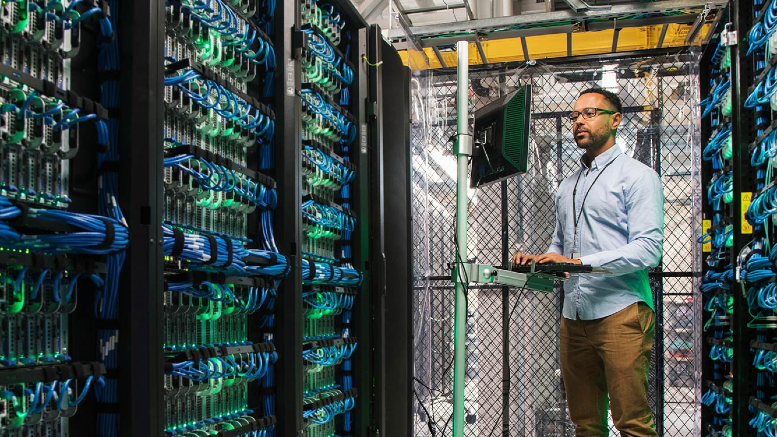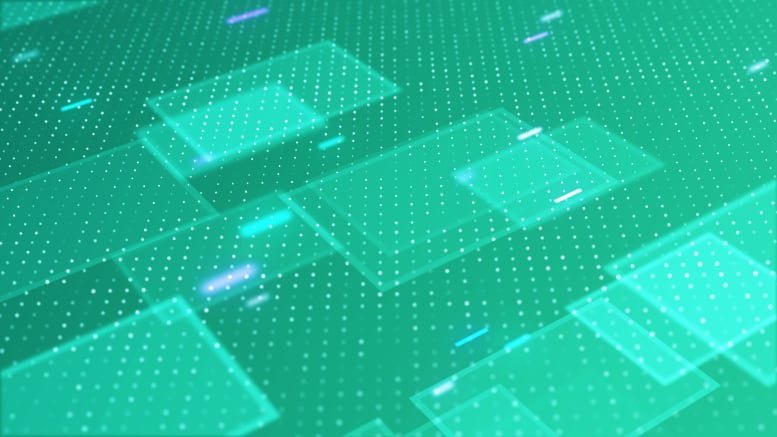Welcome aboard, Natália! Now, give her an exceptional workplace experience.
June 4, 2024 / Unisys Corporation
Short on time? Read the key takeaways:
- Personas play a major role in each employee’s onboarding, as well as their ever-evolving career path.
- Quick access to instant support via QR codes and augmented reality can help employees resolve issues faster for a better employee experience.
- Refreshing devices based on reliability and performance can be a more effective approach than refreshing devices based on a calendar.
- Consider a fictional employee named Natália and her journey as a guide for supporting your workforce at each milestone.
Making a new joiner feel welcome means equipping them with the right technology solutions. But what does that mean at each milestone with the company?
Persona-based onboarding can improve employee engagement and retention and a “new joiner” is a persona all its own. A complete approach to personas considers an employee’s role, device requirements, location, motivation, external factors impacting their daily tasks, and purpose in helping the company achieve its business objectives. Positioning new joiners for success in the digital workplace will benefit them and your organization.
Supporting employees is even easier with the right combination of communication and collaboration, employee experience and IT support tools and solutions. In a videocast episode of the Digital Workplace Deep Dive Podcast, host Weston Morris, senior director of Digital Workplace Solutions global strategy, talks with Unisys workplace experts Tim Rashkin, solution director, Stacy Harder, solution manager, and Simon Wilson, solution manager, about onboarding “Natália,” a fictional hybrid worker who lives in Brazil, works in sales and has a disability.
Let’s follow her story as she navigates key milestones in her employment, from before her first day through her third anniversary, and discover how the right technology and tools can make each step a success.
Milestone: Accepting the job offer
Excited to onboard Natália? She’s eager, too, but not so fast, cautioned Rashkin during the podcast. Onboarding begins long before the start date. From two weeks to three months before her start date (depending on HR and country guidelines), she should receive validation that she’s the right fit for your organization. What are her aspirations? What company values most resonate with her? How can the company embrace those values and put her in the best position to succeed?
Besides early communications of your commitment to helping Natália do her best work, there are practical considerations to sort out. This includes granting access to required files and systems and provisioning her work device and other equipment, which depend largely on her role. As a sales team member, Natália will be on the go frequently and need tools and solutions to accommodate that, like a two-in-one laptop she can easily carry.
Long after someone joins the company, keep evaluating the telemetry data collected through experience-level agreements, which measure user satisfaction and requirements. Device needs change, as do the need for peripheral equipment and applications.
In addition, since Natália has a disability, meeting her accessibility needs should be part of her onboarding. Consider external and internal factors that could hinder her accommodation needs. Make your workplace accessible and compliant with regulations in Natália’s country and make working for your company the most positive experience possible.
Milestone: Enjoying the first week on the job
The digital workplace demands engaging and collaborative experiences that integrate seamlessly with Natália's work life, said Harder during the podcast, adding that AI will assist with this. Take Microsoft Copilot. With this generative AI tool, organizations can personalize training for Natália. For instance, generative AI can analyze her learning style and adapt her training to keep her engaged. If the training is in a language Natália doesn’t speak, she can use AI to translate it into her native Portuguese.
AI can support her training and it can be her training. Train Natália on how to create generative AI prompts that support her work. And if she’s new to AI or any other technologies, ensure organizational change management is part of onboarding to boost her adoption, motivation and alignment with company goals.
While accommodating Natália's accessibility and inclusion needs was a key part of her onboarding, it’s important to continue to fine-tune that plan as she settles in. Here, too, AI can help by supporting augmented reality/virtual reality (AR/VR) technologies. AR/VR can create immersive experiences that bring people together in a shared virtual space, regardless of individual abilities or physical location.
Milestone: Scheduling an important sales call with a prospect
Every job has that first big success and Natália is eager to achieve hers – a signed contract from a prospective customer. She schedules a meeting with the prospect and arrives in the conference room to discover a bunch of unplugged cables. She experiences a jolt of panic before realizing her company took steps to ensure this wouldn’t be a roadblock.
- Quick training: Natália is unfamiliar with the communication equipment in the conference room. Her company puts a QR code in each room and Natália scans it with her mobile device. It pulls up knowledge documents and videos for fast training on how to start her meeting, add attendees and take other actions.
- Fast fixes: Unfortunately, equipment sometimes fails. In such instances, Natália can scan a QR code with her mobile device, which pulls up a ticket in the ServiceNow portal and automatically checks for technical issues and reboots if needed.
- Human assistance: If ServiceNow can’t instantly fix the problem, Natália can access an AR/VR tool on her mobile device to connect with a remote expert on the technology. Instead of trying to explain the problem to someone on the phone or via chat, she can show them the problem and get a virtual walk-through.
Milestone: Celebrating a third anniversary
Natália is celebrating three years with the company and enjoying the cake her boss brought to honor the day. After three years, it must be time for a new laptop – or is it? Not necessarily, said Wilson during the podcast.
Standard industry advice has been to replace laptops every three years, regardless of a device’s condition. However, monitoring tools have improved, offering insight into device health and its history of updates and security patches. This insight enables you to confidently retain some devices longer.
These tools make it easier to pair people and devices, even as personas and roles change over time. Consider Natália’s case. While she loved working in sales, after taking some online courses on data analytics, the company recognized her newfound skills and moved her to a different department. She’s now crunching huge volumes of data. While her old device may have been adequate for her sales role, she gets a new, more high-powered machine for her new role.
Providing employees with devices tailored to their specific needs shows respect for their unique responsibilities within the organization. This approach offers a major side benefit. If Natália ever returns to sales, that powerful device can be redeployed to someone else who requires those advanced device capabilities.
This flexibility means smarter allocation across the entire device life cycle and an environmental win as it limits new device deployments and subsequent carbon missions. So do touchless experiences like asset lockers or virtual tech cafes that let employees access resources with minimal IT time. Together, such actions can reduce emissions by thousands of kilograms for a more sustainable workplace.
Natália's journey highlights the importance of providing the right technology and tools at each milestone to support employee success and satisfaction. However, delivering this level of support can be challenging in the modern workplace.
What are the top digital workforce challenges?
The digital workplace is complex, and one size most certainly does not fit all. The modern workforce includes hybrid workers, remote workers and “road warriors” who visit an office occasionally but often travel to other company offices and client sites.
Then, there are frontline workers whose technology needs arguably have been neglected over the past few years. Companies have focused on equipping office workers with collaboration tools, large monitors and upgraded microphones to work from home more easily.
Other modern challenges include:
- Looking beyond device management: Procurement’s focus on cost and devices – setup, shipping, troubleshooting – may neglect business objectives and employee needs like easy collaboration with colleagues and technology quick-fixes.
- Respecting employee experience: The IT team can prove a bottleneck if it doesn’t prioritize employee experience. Doing so often leads to happier, more productive employees and employee experience is a critical factor in boosting the customer experience.
- Tracking and reducing carbon consumption: Lowering carbon emissions is becoming a high priority, especially in Europe. Regulations outline measures to reduce carbon output, and companies are scrutinizing the environmental impact of their operations, including device use.
How do you address these challenges? Organizations must view the employee life cycle through the lens of experience management to deliver digital workplace tools that increase productivity and satisfaction.
Celebrate every employee milestone with the right technology
Every job is a series of important milestones that can impact the employee experience – for better or worse. Although Natália is a fictional character, her journey illustrates the common challenges and opportunities your actual employees encounter at various stages of their careers. Use Natália's story as inspiration to support your employees at each milestone by giving them the best technology and resources for their unique needs.
Watch the videocast, the latest episode of the Digital Workplace Deep Dive Podcast, and explore digital workplace solutions from Unisys.




















